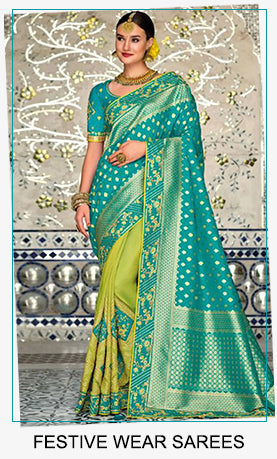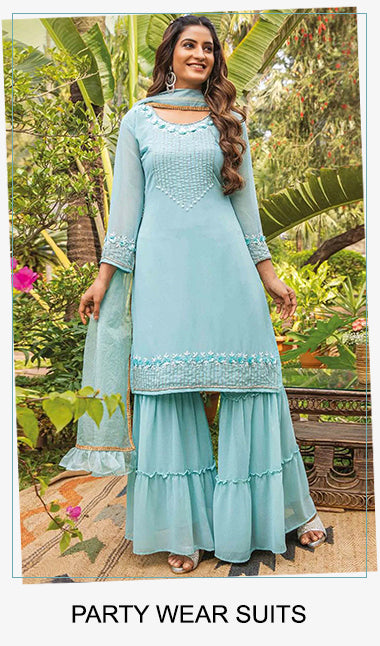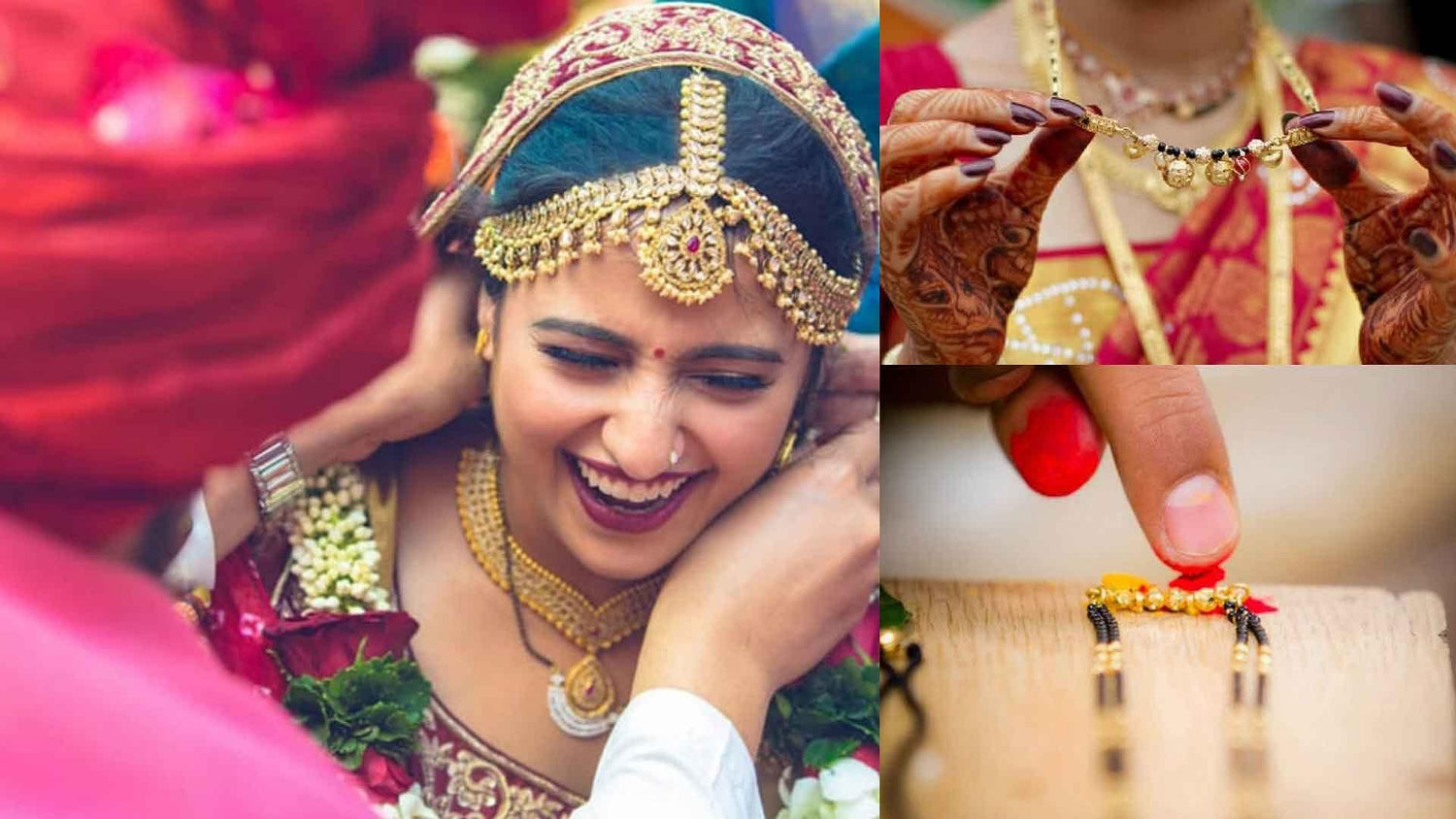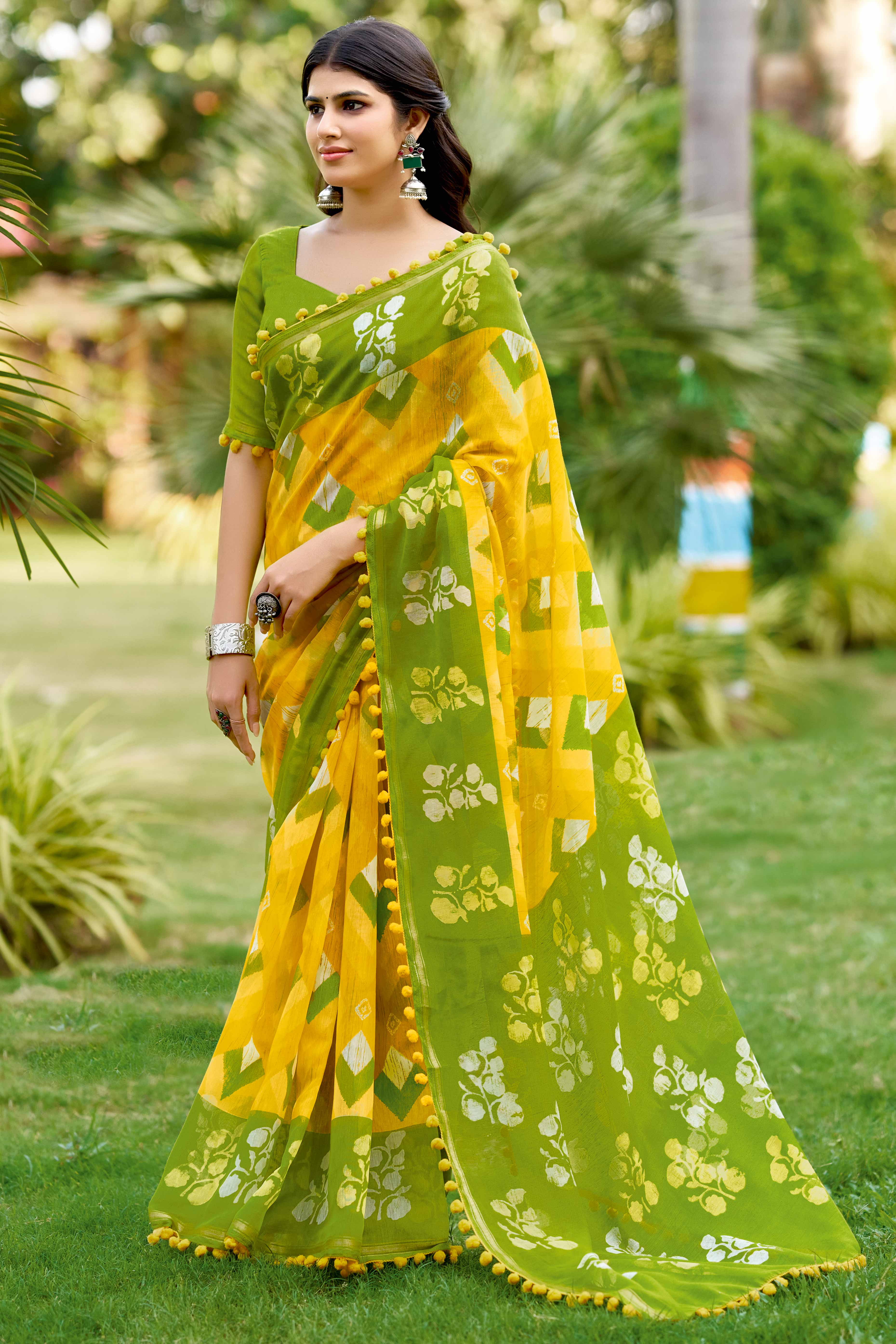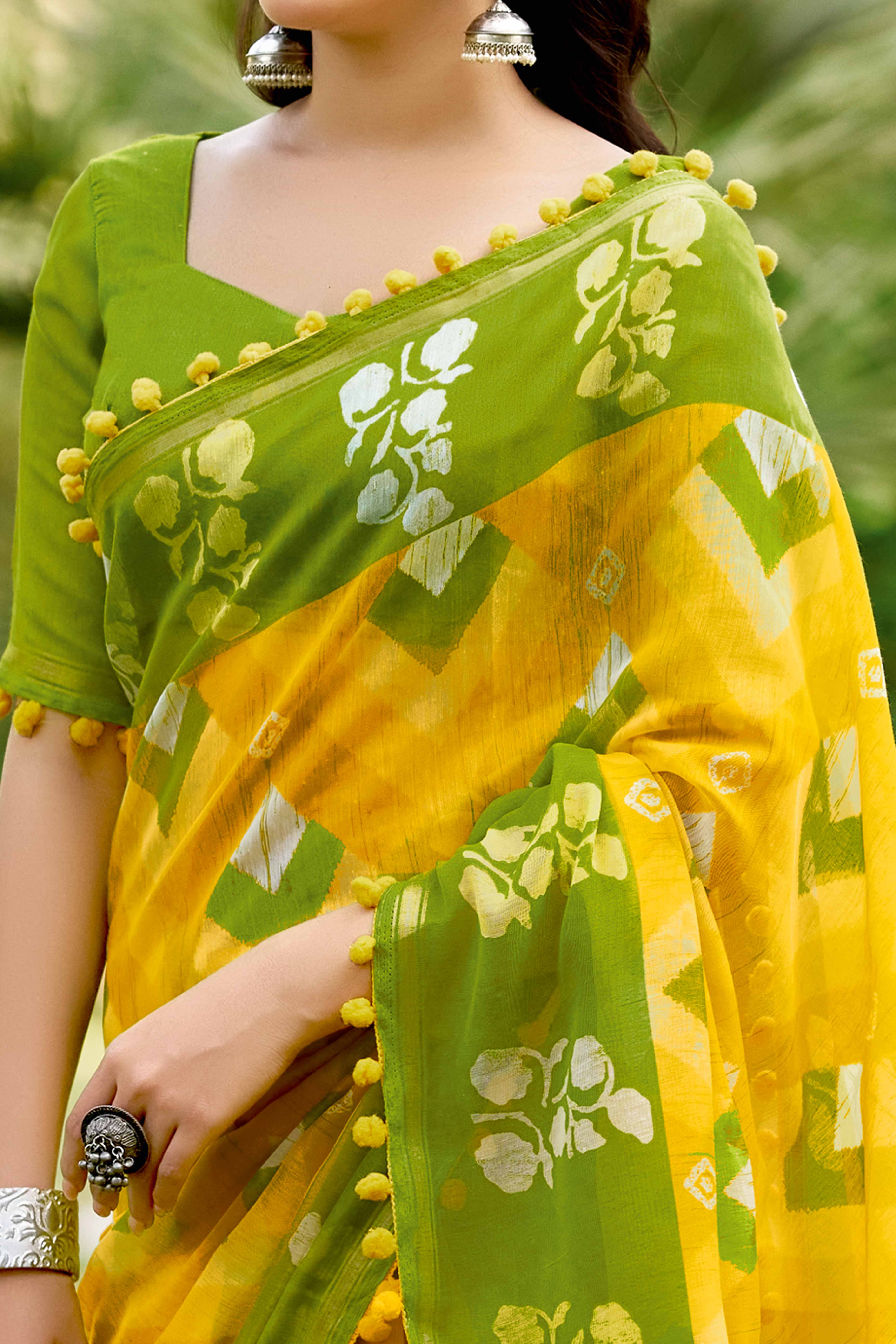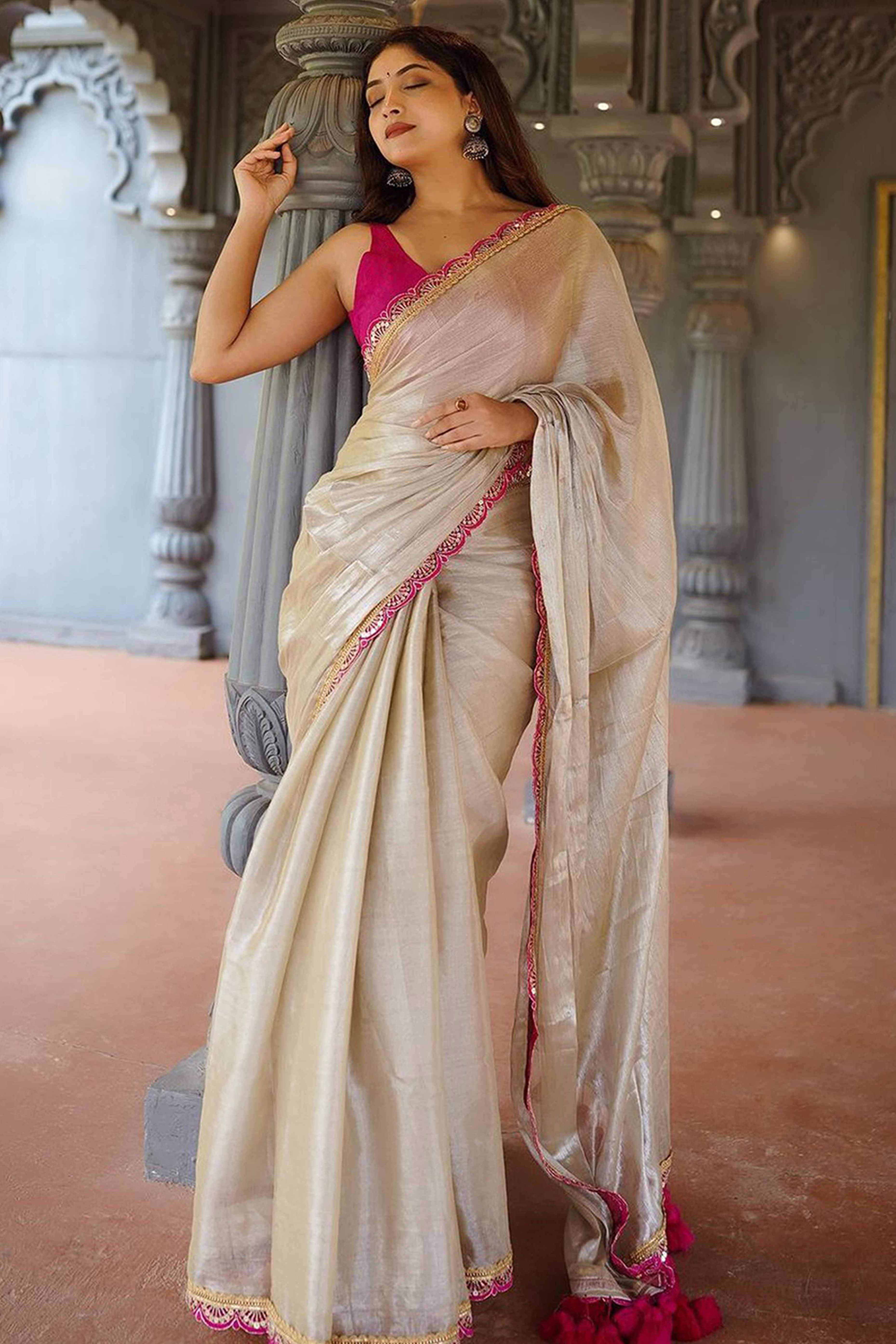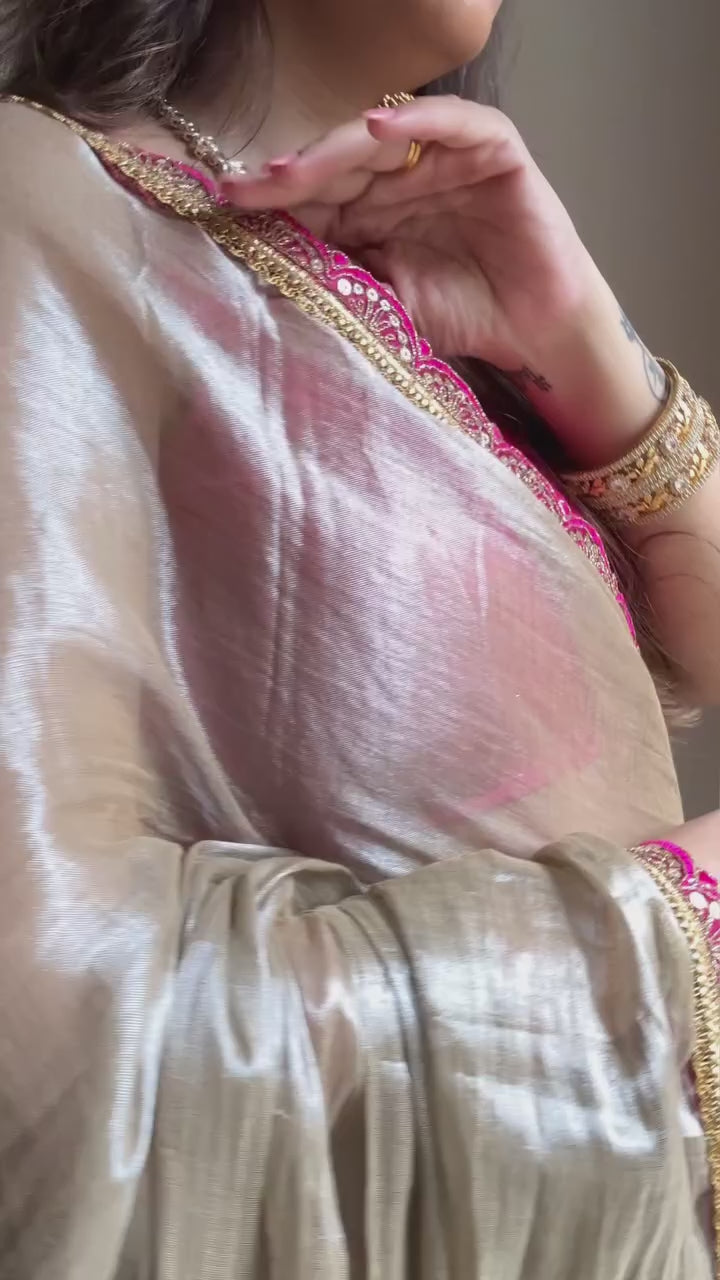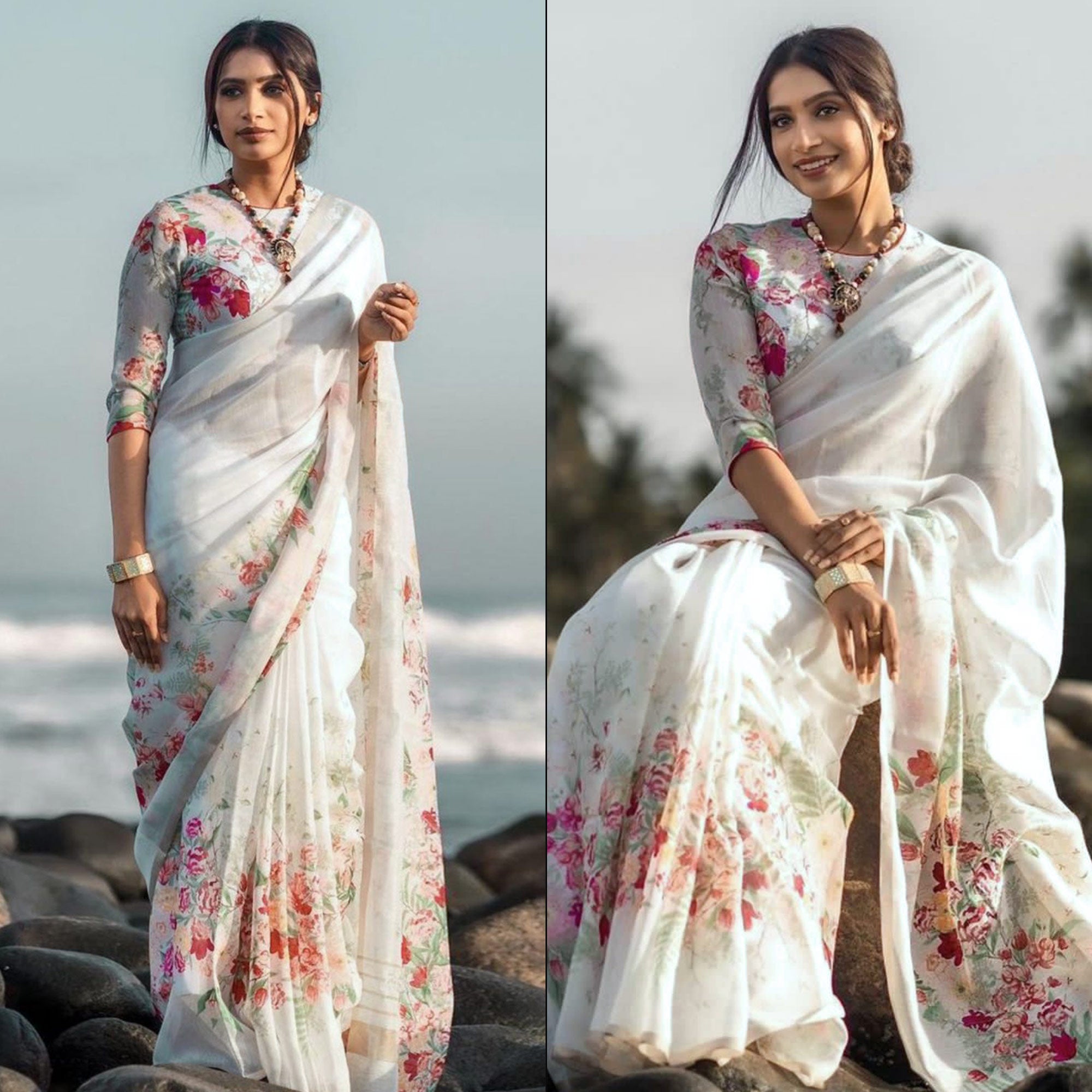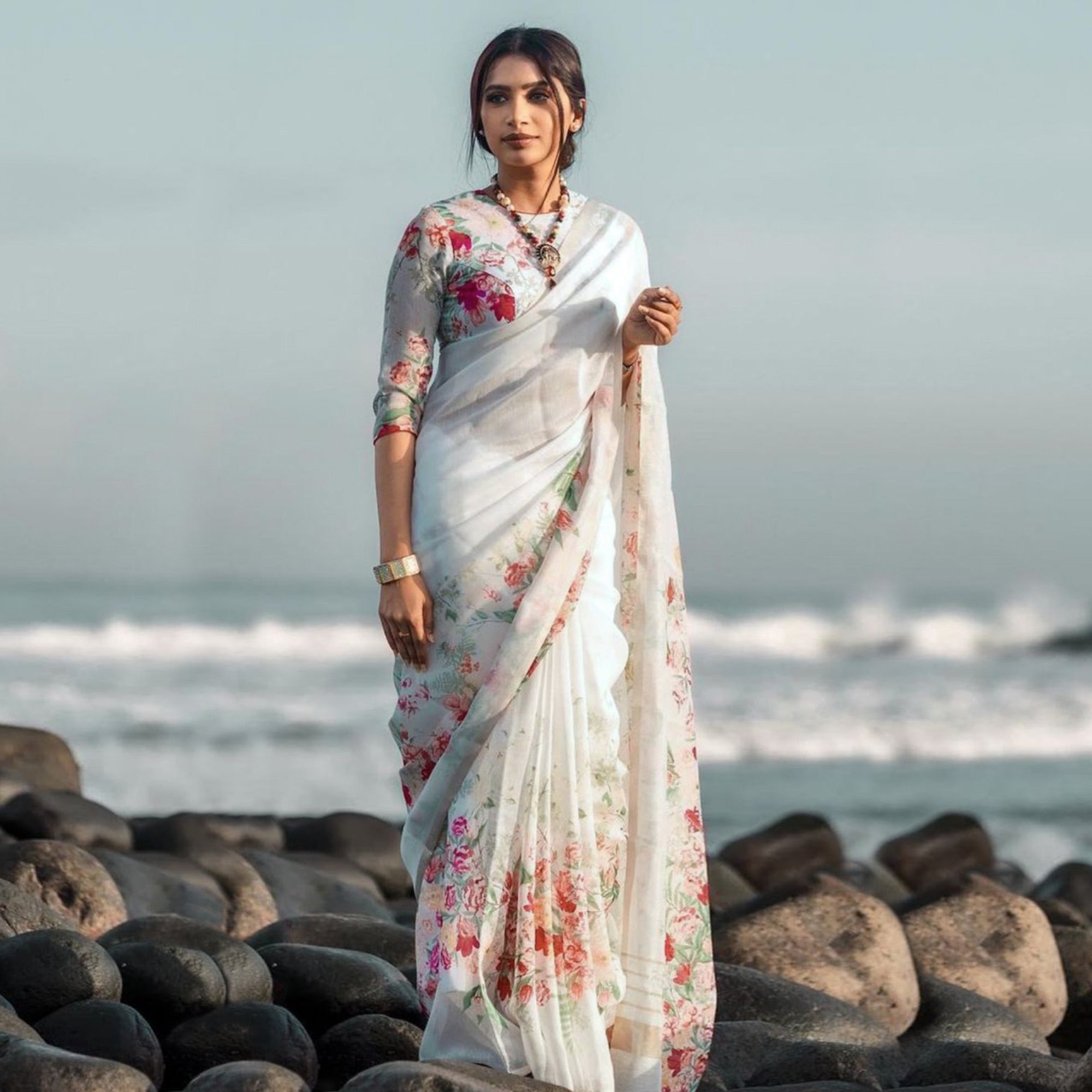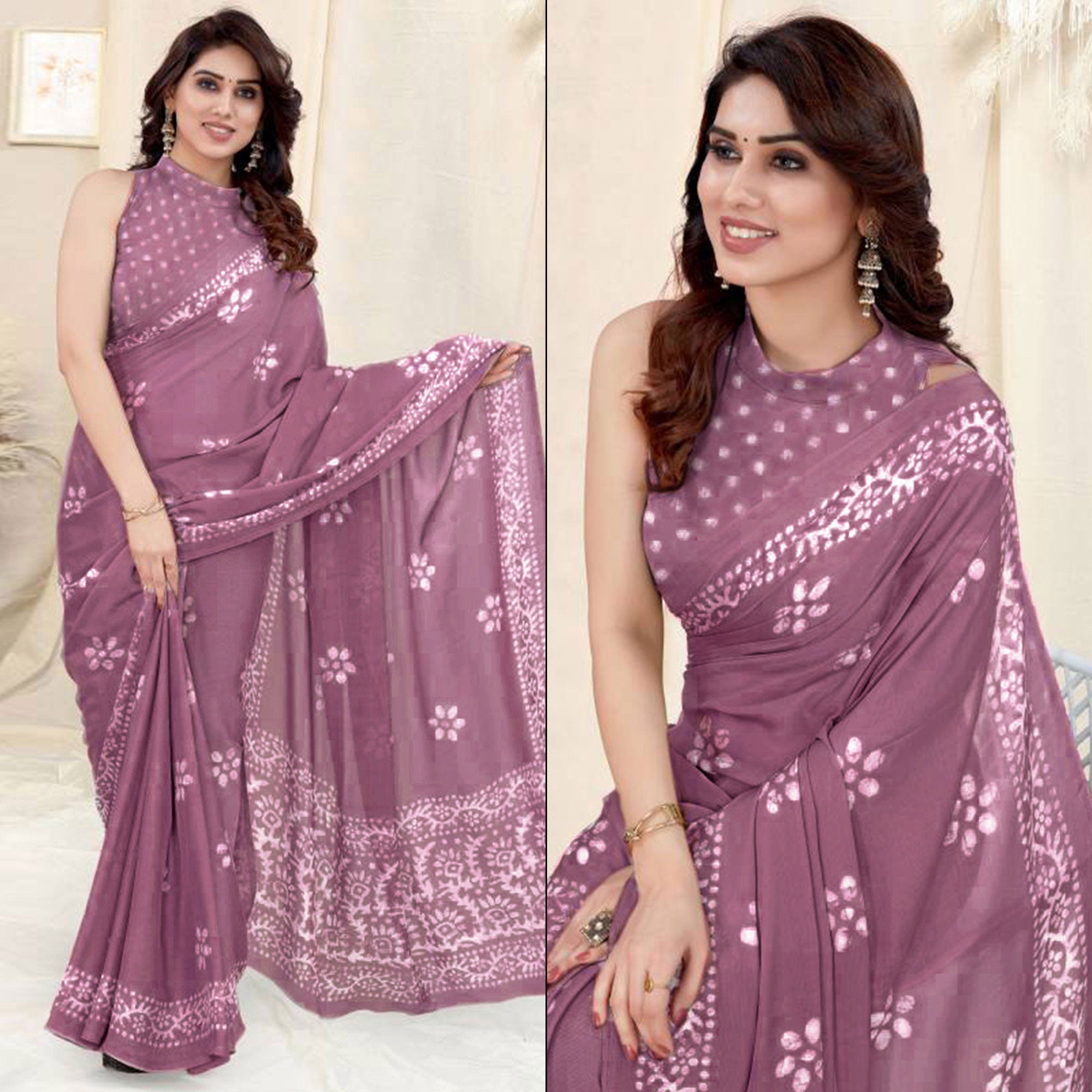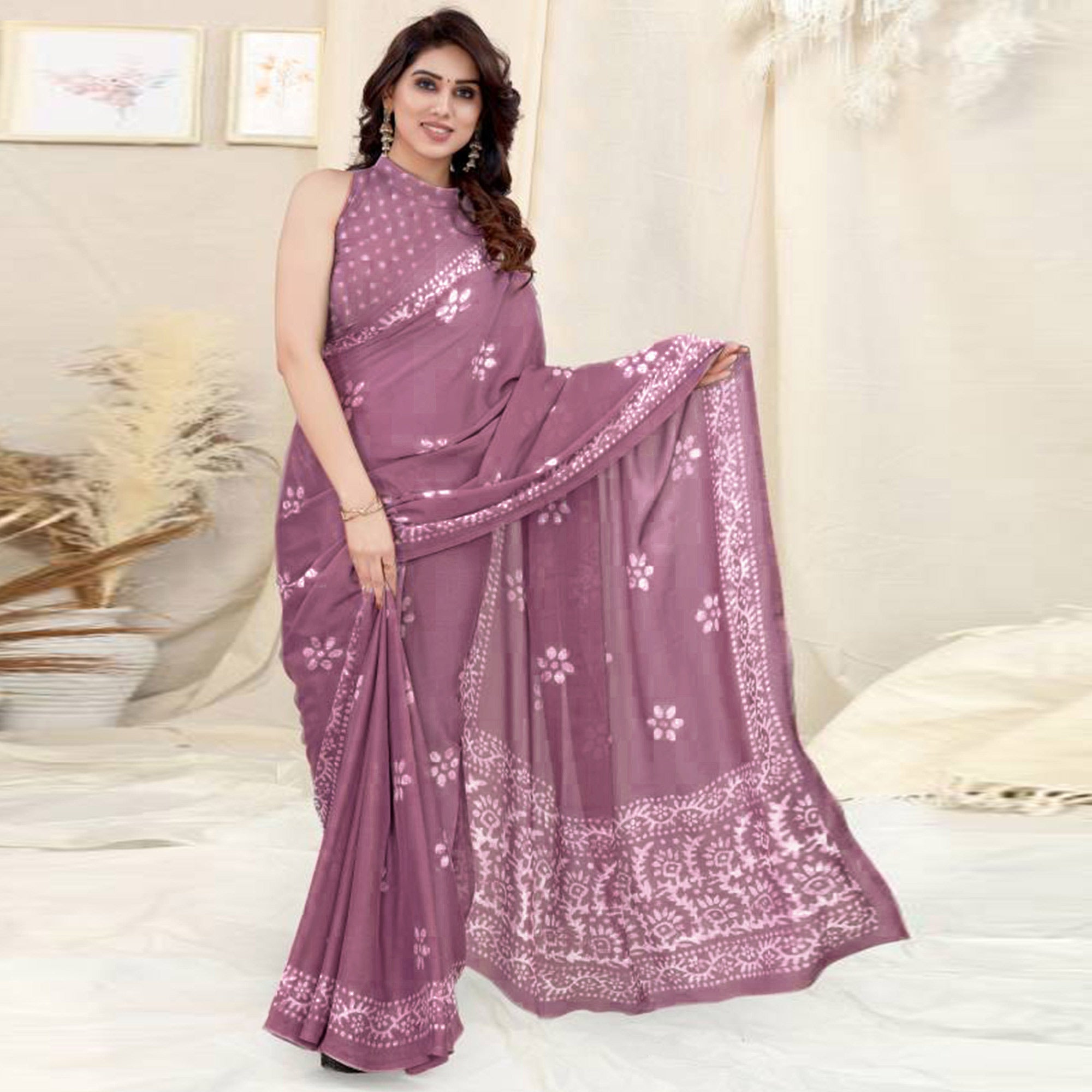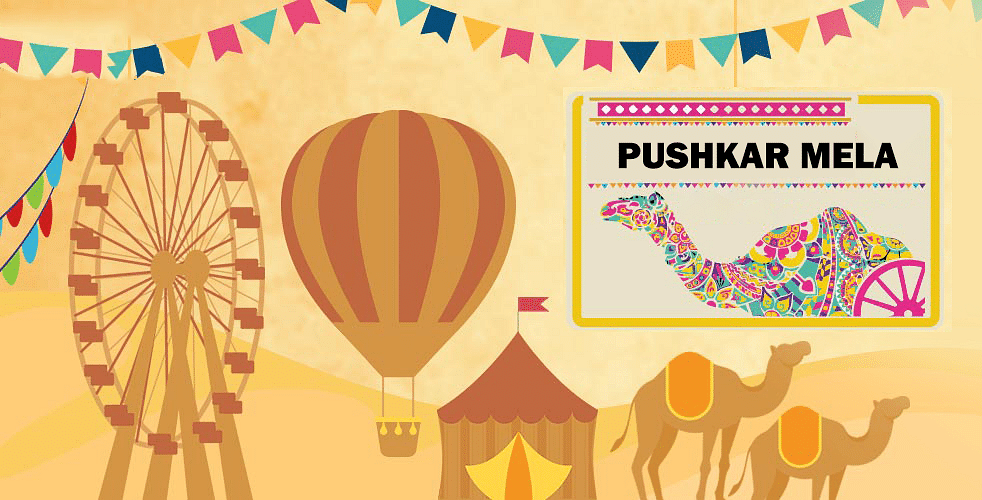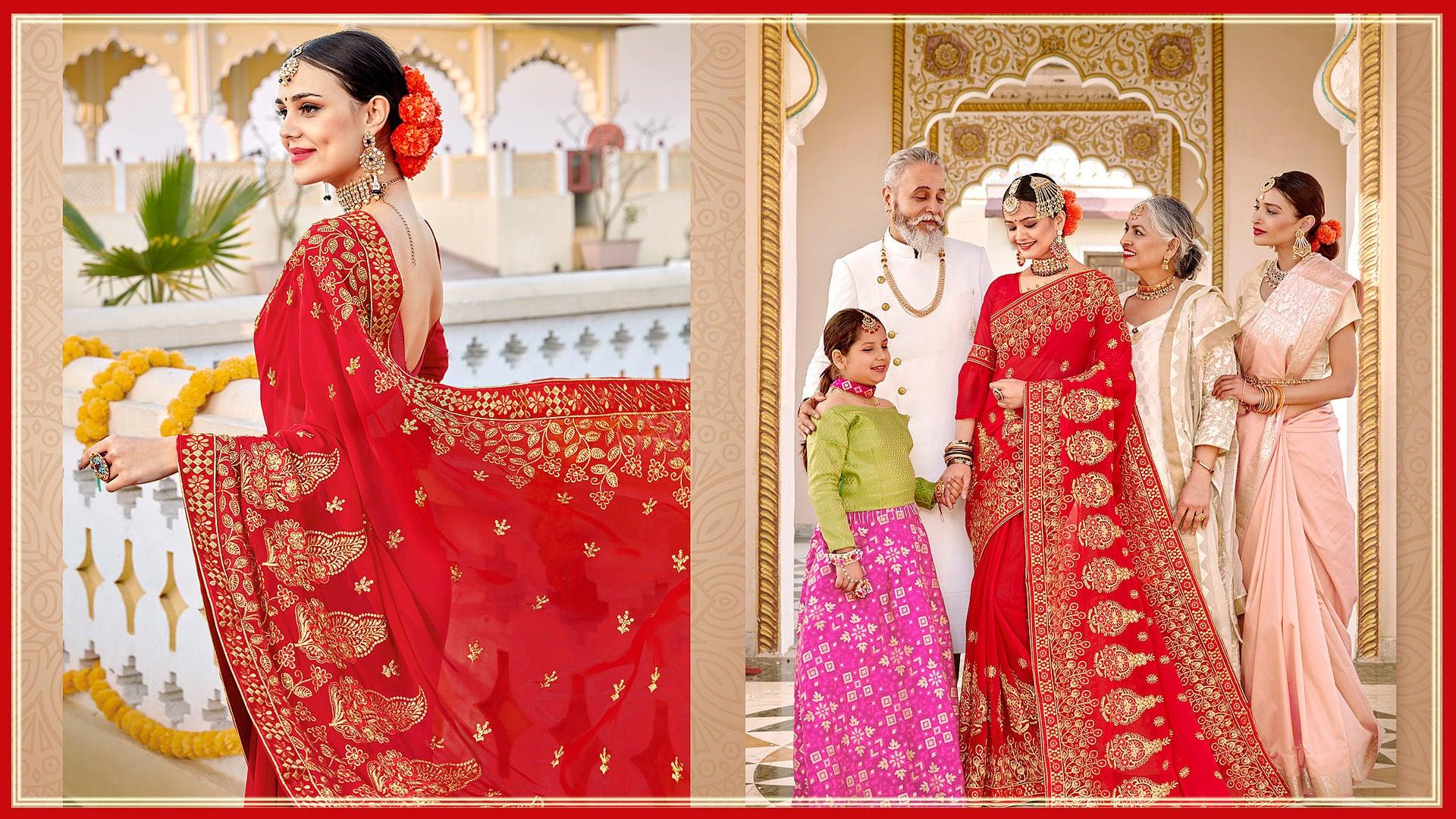Mangalsutra is a combination of Sanskrit words Mangal meaning holy and Sutra meaning thread.
The Managalsutra is a sacrosanct of the Hindu marriage and is a sign of validation of a married woman. Tied around the bride’s neck by the groom at the wedding mandap, this piece of ornament hold significance in the Hindu culture. The Mangalsutra is a symbol of chastity and the pious vows the bride and the groom take with a promise of a lifetime of togetherness.
The ritual of tying a Mangalsutra also has a mention in the ancient sacred Manusmriti of the Hindus.
INSIGNIA AND IMPORTANCE
Besides the ceremonial importance, the Managalsutra is also a staunch reminder of the vows of honesty and loyalty that are primary in keeping a marriage together. From ancient times, the mangalsutra has been considered to hold immense purity and to keep away a woman from committing adultery. It is a like bearing witness to righteousness and abiding by the rules and responsibilities as laid down by our customs and traditions for the married woman.
And not just for women, wearing a mangalsutra also deters the husband from getting anywhere near infidelity. Not just the husband, it is the duty of other men around her too to respect the married woman. And this is what the mangalsutra establishes as a symbol in the Indian society.

Mangalsutra is also a mark of the immaculate bond of union the Lord Shiv and Goddess Parvati shared. If you go by the traditional customs, when the groom ties the mangalsutra on his bride’s neck, three knots should be tied. These knots signify loyalty, commitment to the husband and devotion to the Almighty respectively.
SIGNIFICANCE
The ancient traditional mangalsutra was basically a bunch of black beads strung on a black thread or a yellow thread wrapped in dried turmeric paste. It then took a modification with black beads strung on a gold chain.
With the passing years, the mangalsutra was designed to have two rounds of black beads in the necklace with a gold pendant in the middle. The pendant is traditionally called the ‘Tanmaniya’.
The left side of the mangalsutra exudes the power of Iccha Shakti or intentions and the right side exudes power of Gyaan Shakti or knowledge. The confluencing point of the two sides with the central pendant invokes Kriya Shakti- the power to carry out good actions.
The Black Beads
The two strings of the black beads in the mangalsutra are figurative of the union of Shiv and Shakti. They also are believed to bring a consistency of understanding between the couple and the strength to strive together to achieve the desired goals in life.
It is also believed that the black beads ward off any evil or negative energy that may chance upon the woman.
Conventionally, the mangalsutra has seven distinct sections, representing the seven chakras of the body. Each section has nine black beads.The black beads indicate the nine form of Adi-Shakti.

Superstitions and Beliefs
If the mangalsutra breaks or the beads come off, it is considered higly inominous and a sign of a potential danger to the husband’s health or his life.
According to the customs, a widowed woman cannot wear mangalsutra because the traditions lay their faith in the fact that that will prevent the husband’s soul from attaining salvation and will be caught in the worldly trap.
Regions and their Mangalsutras
In many Sikh communities, the bride’s father gifts a gold kada and gold coins to the groom which are then tied in a black thread and tied on the bride’s neck as mangalsutra.
The Sindhis wear the traditional mangalsutra which is picked by the groom’s family. In Bihar, it is known as TaagPaag. The Kashmiri Pandits wear a different version of the mangalsutra- Dejhoor which are basically earrings with chains from lobe till the cartilage.
Tamilians call the mangalsutra Thirumangalayam. The Catholics from Kerala wear a mangalsutra which is very similar to the Thirumangalayam except for the hollow pendant which is replaced with a cross motif.
The Maharashtrian mangalsutra has two hollow shaped gold cups in place of the pendant known as the vaatis. For Konkani women, the mangalsutra is a combination of three necklaces known as Dhaaremani.
In Karnatak, the mangalsutra is known as Maanglya-sutra and bears a starking resemblance to the Maharashtrian mangalsutra.
Mangalsutra Today
From being just a mandatory traditional ornament for married women, the mangalsutra has now become a style quotient, thanks to Bollywood and our soap operas. The mangalsutras have been modernised and have incorporated several chic designs to suit the modern women today. The traditional mangalsutras with chest length chains have been shortened to small necklace length. The pendants are made in diamond to give it a more richer and regal look.

The resurgence of the traditions into daily lives has called for stylish mangalsutras that go with western outfits too. One such trend which ahas gained immense poularity isb the mangalsutra bracelet and it is quite a rage, we tell you!
Whether traditional or modern, it is always a good thing to imbibe our valued rituals even today, they just make us feel a tad bit more rooted to our culture.

